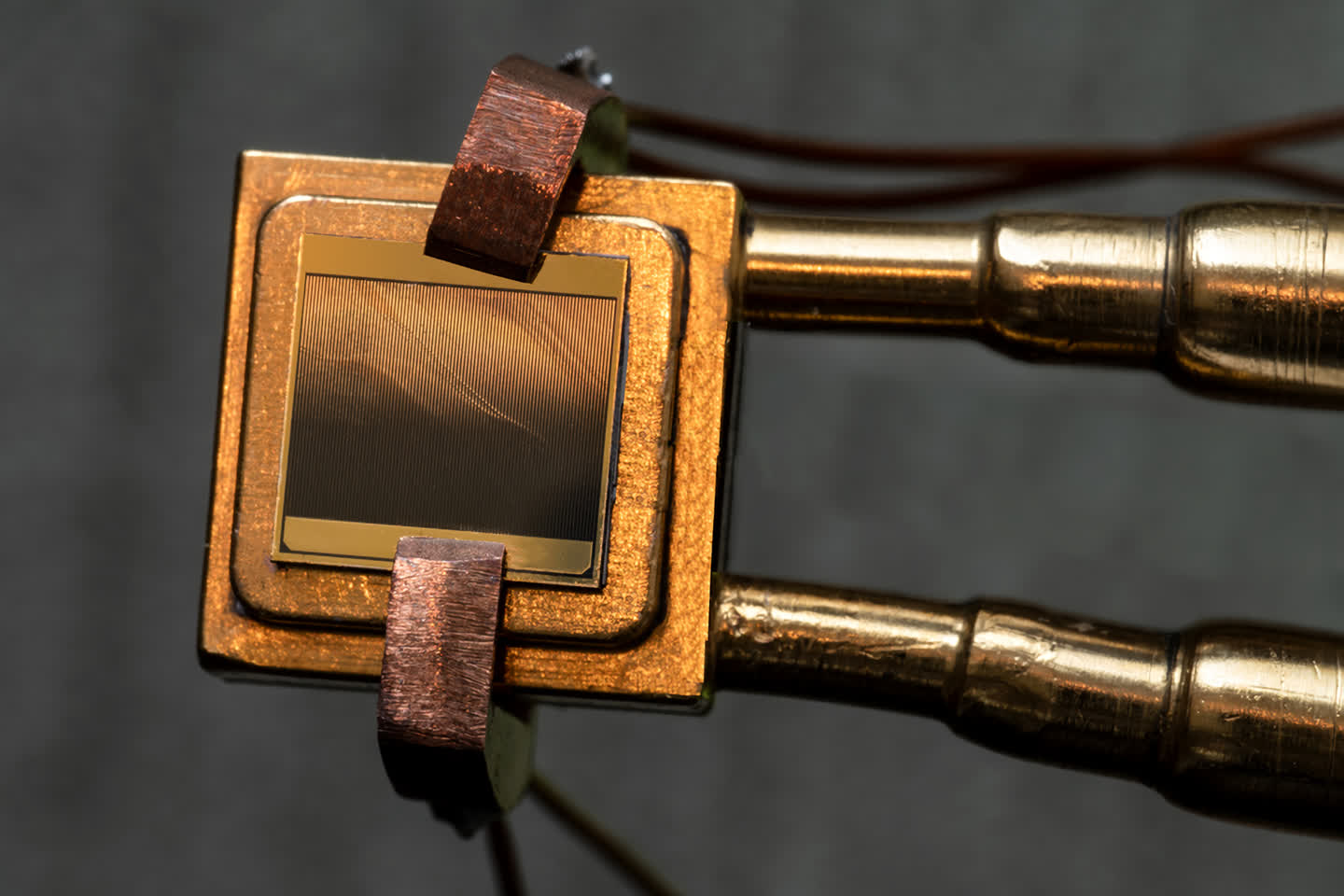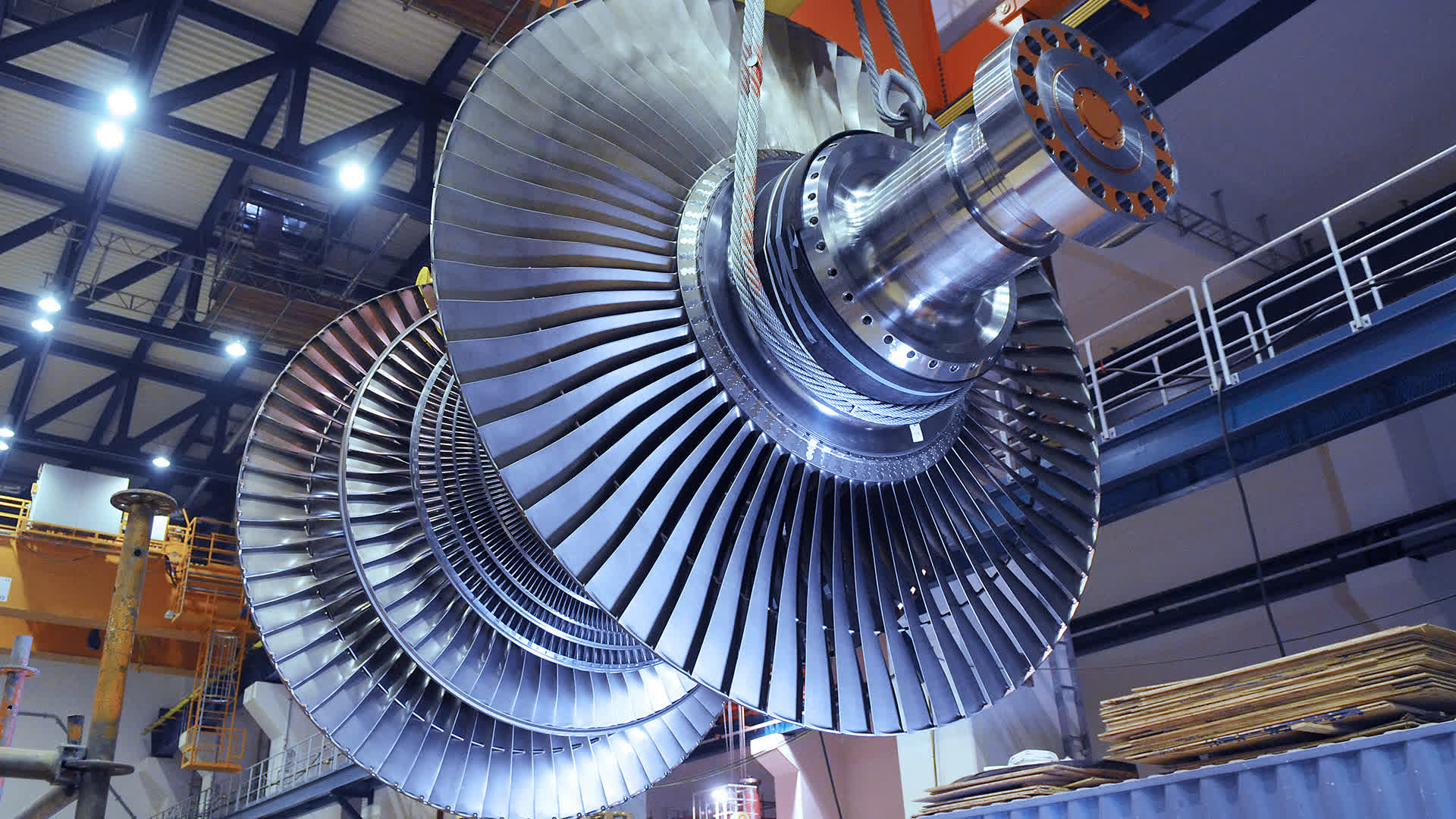In brief: Researchers from MIT and the National Renewable Energy Laboratory (NREL) have successfully developed and demonstrated a thermophotovoltaic (TPV) cell capable of converting heat to electricity more efficiently than traditional steam turbines.

As MIT highlights, north of 90 percent of the world's electricity is generated from heat sources like natural gas, coal and concentrated solar energy. For the better part of a century, steam turbines have been used to convert heat from these sources into electricity.
On average, steam turbines are only able to reliably convert about 35 percent of a heat source into electricity. Even the most efficient heat engines ever made top out at around 60 percent efficiency. Worse yet, steam turbines rely on moving parts that must operate under a certain temperature threshold.

This new design aims to capture higher-energy photons from higher-temperature sources thanks to its use of higher-bandgap materials and multiple junctions. In testing between 1,900 degrees Celsius and 2,400 degrees Celsius, the new TPV cell maintained an efficiency of around 40 percent.
Earlier TPV cells average around 20 percent efficiency, with the most efficient ever hitting 32 percent.
"Thermophotovoltaic cells were the last key step toward demonstrating that thermal batteries are a viable concept," said Asegun Henry, the Robert N. Noyce Career Development Professor in MIT's Department of Mechanical Engineering and one of the researchers on the project. "This is an absolutely critical step on the path to proliferate renewable energy and get to a fully decarbonized grid."
There's still a lot of work to be done to reach that goal. The TPV cell used in the experiment measured about a square centimeter. According to Henry, they'll need to be scaled up to around 10,000 square feet (roughly a quarter of a football field) to be viable. Fortunately, he believes existing infrastructure used to make large-scale photovoltaic cells could be adapted for TPV manufacturing.
Image credit GE
https://www.techspot.com/news/94207-new-thermophotovoltaic-cell-no-moving-parts-more-efficient.html

